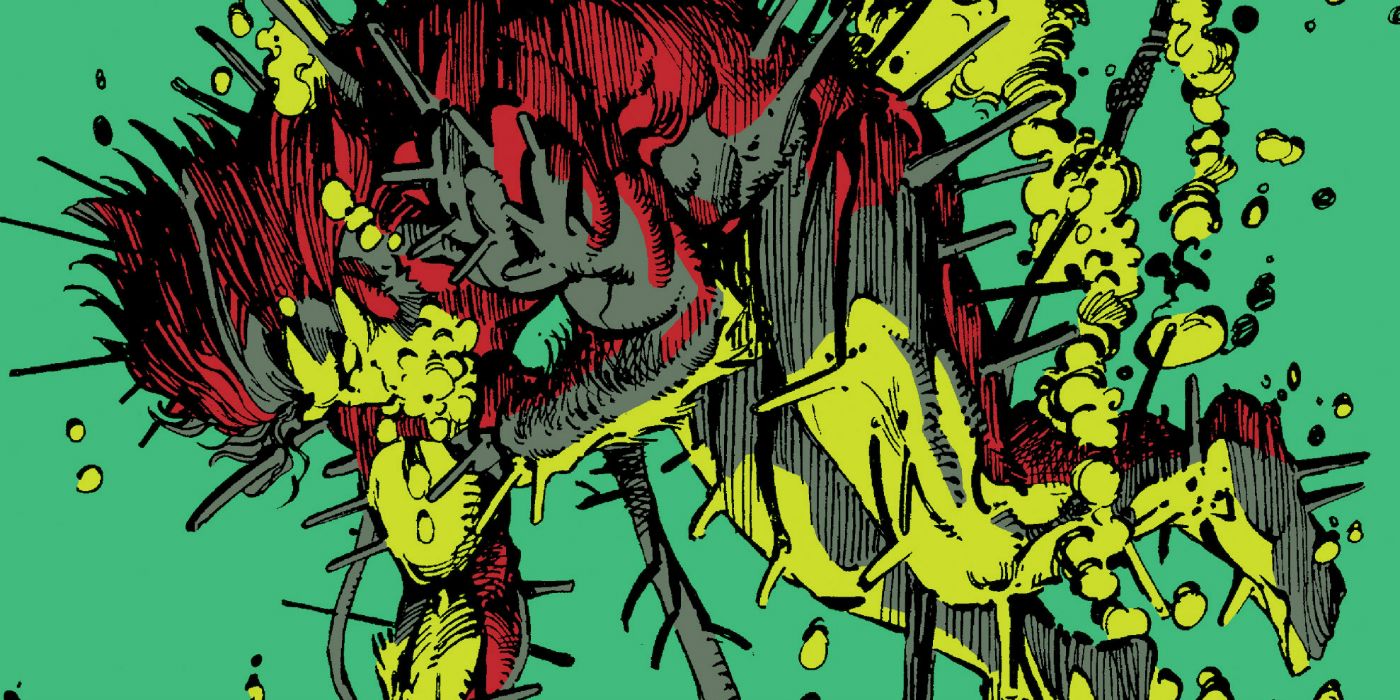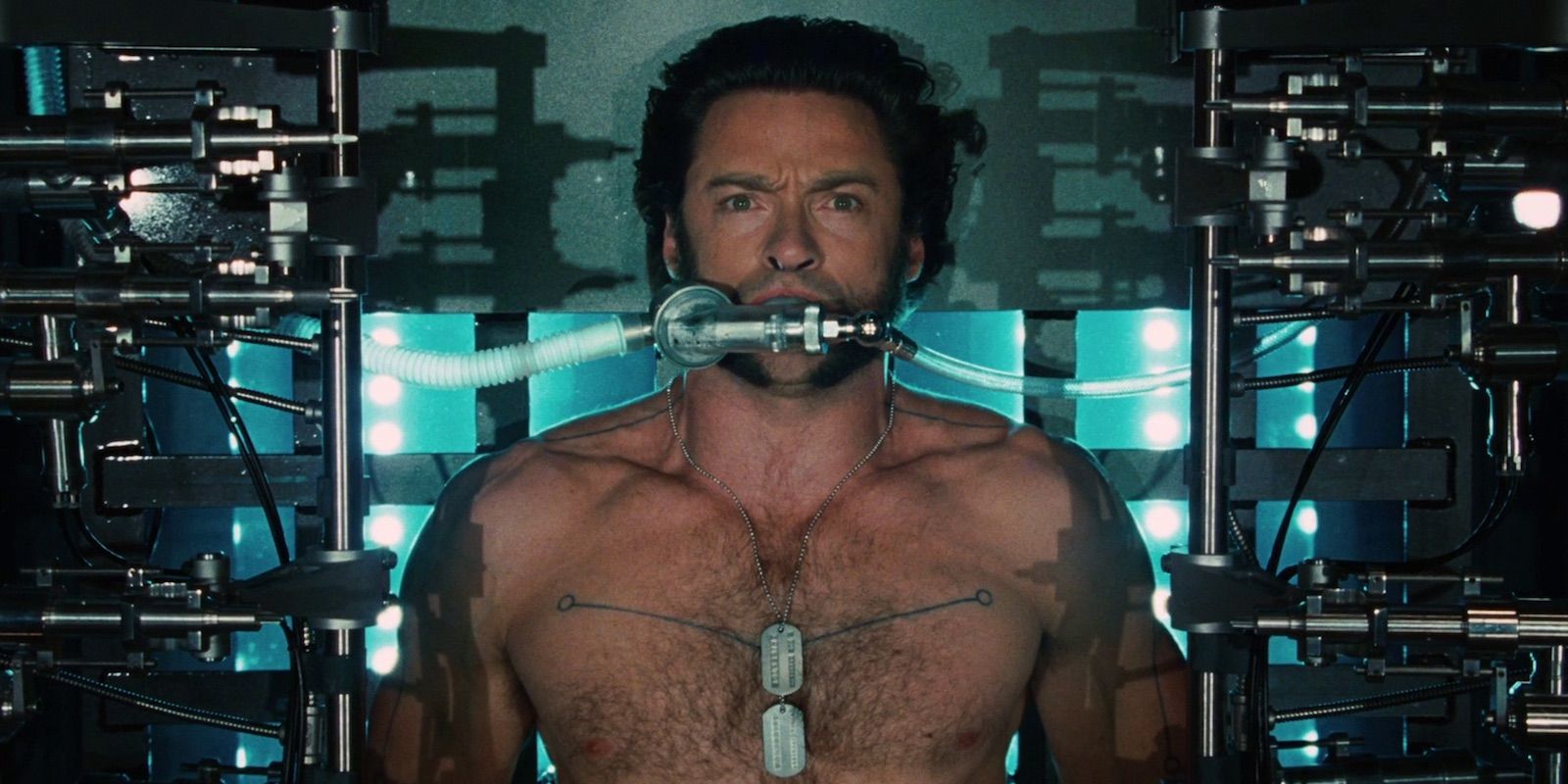
The X-Men's Wolverine is famous for his Adamantium skeleton and claws, but how many movie or comic book fans actually know the science and procedures taken by the Weapon X Project to actually go about implanting it?
When Wolverine made his comic book debut in 1974, Marvel envisioned him as a scrappy character, with razor-sharp claws fixed into his gloves (making him a perfect embodiment of his namesake). It didn't take long for legendary X-Men writer Chris Claremont to come up with a different take, revealing that the claws were actually part of Logan's body. And going one step further, his entire skeleton was metal. A strange twist to explain, but one answered by two words: Weapon X.
Claremont would eventually reveal that Wolverine had once been a test subject for the Weapon X Project, which had conducted an experimental process to bond his skeleton with the indestructible metal. Forgetting the lore surrounding the logic behind it, the revelation raised a disturbing question: how could even a mutant with Wolverine's healing factor survive such a process?

The 1991 Weapon X miniseries finally told the story of how Logan came to be implanted with an Adamantium skeleton, focusing on the kidnapping, without fleshing out the pseudo-science. That task wasn't done until 2004, when writer Marc Cerasini adapted the miniseries into a novel format. He focused in on the scientists who were experimenting on Wolverine--particularly 'Dr. Cornelius'--and carefully established how the Adamantium bonding process worked. And it's far more complicated than the X-Men films would have fans believe.
Cerasini imagined it as a two-stage process, with the first stage involving implanting nanobots into Logan's body. He understood that bones are living tissue, meaning that coating them with Adamantium would kill them. These nanites were designed to attach to the bones, and to create small valves - artificial pores - to allow nutrients into Logan's bones and keep them alive when the Adamantium bonding process had been conducted. The scientists waited until the nanites had spread throughout Wolverine's body, and only then did they begin to feed liquid Adamantium into him. This needed to be done at speed; in its liquid form, Adamantium is only malleable for approximately eight minutes, after which time it will not bond to any other substance.

Ironically, Wolverine's healing factor actually proved to be something of a problem. His body developed white blood cells to fight the nanites, forcing them to artificially reproduce. When the Adamantium implantation began, his healing factor first tried to fight it off, excreting it through his sweat glands. Even Logan's incredible healing has its limits, though, and was eventually overcome. The scientists monitoring Wolverine were understandably relieved when the Adamantium feed got back to normal... and then were shaken to find his body was drawing more Adamantium than they had expected, forcing them to draw upon their reserves. They didn't know it, but the excess was due to Wolverine's skeleton including extra bones--in his retractable claws.
That miraculous mutant healing factor may have complicated the Weapon X project, but in the long run it's also the key to Wolverine's survival. Adamantium is toxic, and without his regenerative powers, Logan would have died of Adamantium poisoning long ago. Here's hoping real world scientists can make Wolverine's healing possible sooner, rather than later.
from ScreenRant - Feed https://ift.tt/2lZJDIZ


0 Comments